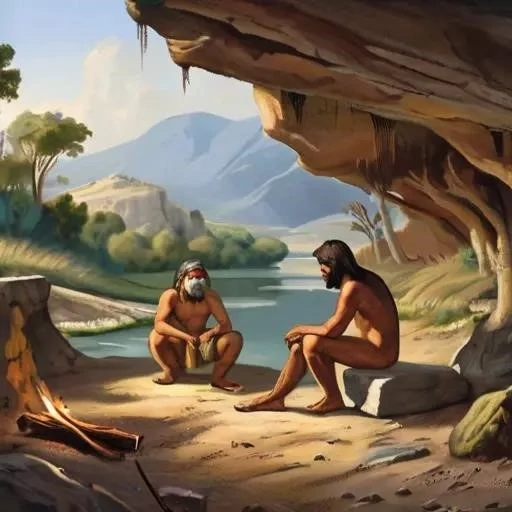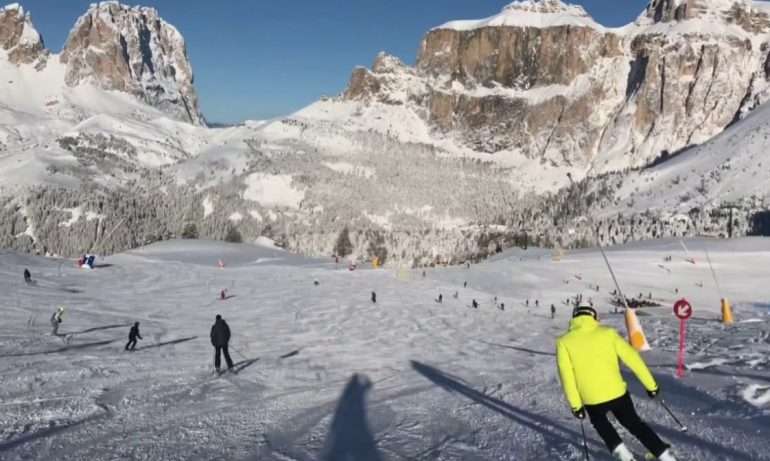Beyond the Caves: How the Paleolithic Age Still Shapes Our World Today!
For too long‚ the Paleolithic Age‚ often dismissed as merely the “Old Stone Age‚” has been relegated to the dusty annals of prehistory‚ a distant epoch defined by rudimentary tools and a harsh‚ unforgiving existence. Yet‚ a closer examination reveals a period of astonishing innovation‚ profound adaptation‚ and foundational human development that continues to resonate with remarkable clarity in our modern world. Far from being a static era of “cavemen‚” this vast expanse of time‚ stretching from approximately 3 million years ago to about 12‚000 years ago‚ was a dynamic crucible where our earliest ancestors‚ including H. habilis‚ H. erectus‚ Neanderthals‚ and eventually H. sapiens‚ forged the very essence of human ingenuity and resilience.
Today‚ as we grapple with unprecedented global challenges—from climate change to technological disruption—the lessons embedded within the Paleolithic narrative offer incredibly potent insights. By meticulously analyzing the surviving artifacts‚ the ancient rock art‚ and the scattered remnants of early human settlements‚ archaeologists and scientists are continually uncovering a story of unparalleled adaptability. This narrative is not simply about survival; it is about the birth of creativity‚ the dawn of complex social structures‚ and the enduring human spirit that learned to thrive amidst a constantly shifting world‚ navigating glacial cycles and evolving ecosystems with strategic foresight and collaborative effort. Understanding this foundational period is not just an academic exercise; it’s a vital key to unlocking our collective potential.
| Aspect | Description | Significance/Impact |
|---|---|---|
| Duration | Approximately 3 million to 12‚000 years ago‚ encompassing the Lower‚ Middle‚ and Upper Paleolithic periods. | The longest period of human technological history‚ laying the groundwork for all subsequent human development. |
| Key Hominids | Successive dominance by Homo habilis‚ Homo erectus‚ Neanderthals‚ and finally Homo sapiens. | Illustrates the evolutionary journey of humanity‚ marked by increasing cognitive abilities and tool-making sophistication. |
| Lifestyle | Primarily hunter-gatherer societies‚ characterized by nomadic or semi-nomadic movements following food sources. | Developed essential survival skills‚ deep ecological knowledge‚ and early forms of social cooperation and division of labor. |
| Technology | Distinguished by the development and refinement of stone tools (e.g.‚ choppers‚ hand-axes‚ blades‚ microliths). | Represented the first major technological revolution‚ enabling hunting‚ processing food‚ and crafting other necessities. |
| Art & Culture | Emergence of symbolic thought‚ expressed through cave paintings (e.g.‚ Altamira‚ Iberian Peninsula)‚ portable art‚ and personal adornment. | Reflects early human abstract thinking‚ communication‚ spiritual beliefs‚ and the beginnings of cultural identity. |
| Climate | Marked by significant climate fluctuations‚ including multiple glacial and interglacial periods‚ leading to dramatic environmental shifts. | Forced constant adaptation and innovation in hunting techniques‚ shelter construction‚ and resource management. |
| Legacy | Foundation of human innovation‚ adaptability‚ problem-solving‚ social cohesion‚ and the very blueprint for our species’ success. | Provides invaluable insights into human nature‚ resilience‚ and our intrinsic connection to the environment. |
The ingenuity of Paleolithic peoples‚ often underestimated‚ was nothing short of extraordinary. Faced with a world devoid of agriculture or permanent settlements‚ they crafted an astonishing array of tools from stone‚ bone‚ and wood. From the crude choppers of the Lower Paleolithic to the finely flaked blades and specialized tools of the Upper Paleolithic‚ each innovation represented a monumental leap in problem-solving capacity. These tools‚ far from being mere instruments‚ were extensions of human will‚ enabling our ancestors to hunt large mammals‚ process hides for clothing‚ construct shelters‚ and ultimately‚ conquer diverse environments. The discovery of complex bifacial industries in places like Vietnam‚ alongside thousands of artifacts unearthed recently near South Korea’s Namhangang River‚ vividly demonstrates a sophisticated understanding of materials and engineering principles‚ challenging any simplistic notions of primitive existence.
Beyond survival‚ the Paleolithic Age witnessed the blossoming of human expression‚ a testament to an evolving consciousness. The breathtaking cave paintings adorning sites like Altamira and numerous other decorated caves across the Iberian Peninsula are not just ancient graffiti; they are profound artistic statements‚ offering glimpses into the spiritual‚ social‚ and observational lives of our ancestors. Debated meanings—from ritualistic hunting magic to astronomical observations or storytelling—only amplify their enigmatic allure. These vibrant depictions of animals and‚ less frequently‚ humans‚ reveal a deep connection to the natural world and an innate human desire to communicate‚ to leave a mark‚ and to imbue their surroundings with meaning. This artistic impulse‚ shared across continents‚ underscores a universal human trait that continues to drive our creative endeavors today.
The hunter-gatherer lifestyle‚ often romanticized‚ was a remarkably effective strategy for survival‚ fostering tight-knit communities and a profound understanding of ecological systems. Moving with the seasons‚ these groups developed intricate knowledge of flora and fauna‚ mastering tracking‚ foraging‚ and cooperative hunting techniques that ensured their sustenance. This deep‚ intuitive connection to their environment‚ honed over millennia‚ offers a compelling counterpoint to modern industrial practices‚ urging us to reconsider our relationship with the planet. The adaptability demonstrated by these early humans‚ in the face of dramatic climate shifts and resource scarcity‚ provides a powerful blueprint for resilience in our own era of rapid environmental change.
Looking forward‚ the Paleolithic Age serves as an inspiring reminder of humanity’s boundless capacity for innovation and adaptation. The very act of archaeological discovery‚ with new sites like those in Iran’s Ferdows county or the planned Paleolithic museum in Rudbar‚ continually enriches our understanding‚ peeling back layers of time to reveal ever more sophisticated aspects of early human life. By integrating insights from these dedicated research efforts‚ we can draw valuable lessons on sustainable living‚ community building‚ and the fundamental importance of creative problem-solving. This ancient epoch‚ far from being a static past‚ is a dynamic wellspring of knowledge‚ offering profound guidance for forging a more resilient‚ resourceful‚ and ultimately‚ more human future.


